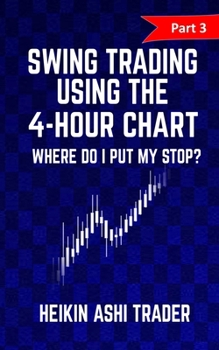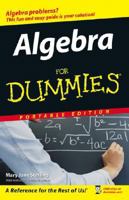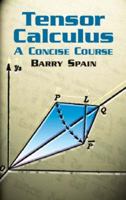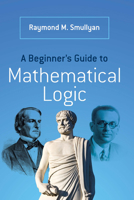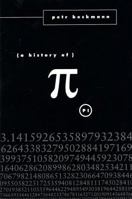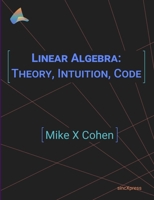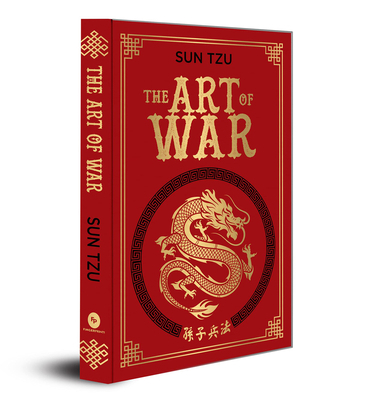Swing Trading using the 4-hour chart 3: Part 3: Where Do I Put My stop?
Swing Trading using the 4-hour chart
Part 3: Where Do I Put My Stop?
In the third part of the series on "Swing Trading using the 4-hour chart," the Heikin Ashi Trader treats the question on where the stop should be. Once a trader stops introducing stops, he will discover that his hit rate will worsen. However, by doing this he gains full control of the trade management. Stops are therefore not unavoidable, but remain an integral part of a trading system that is profit-oriented.
Well understood stops are downright the actual instrument that makes profit possible. Since money is only earned when he exits the trade, the trader should try to perform the stop management with the utmost care. The formulation of crystal-clear rules, both for trend trades as well as for trades with a fixed target, after all, is the requirement to ensure that the trader is playing his own game.
Every successful trader has ultimately developed his own rules. No matter what the market does, this trader always plays his own game and can be swayed by anything. Precisely the persistence and consistency with which he operates in the market ensures that he becomes one day the "Master of the Game."
Table of Contents
1. Are Stops Necessary?2. What Is a Stop Loss Order?
3. Stop Management
4. Play Your Own Game
5. Cut Your Losses
6. And Let your Profits Run
7. Stop Management in Trending Markets
8. Stop Management with Price Targets
9. The Swiss Franc Tsunami, a Healing Moment of the Trader Community
10. How Many Positions Can I Keep at the Same Time?
Glossary
You Might Also Enjoy
Customer Reviews
Rated 4 starsReally useful reference and guide for programmers.
This is a very interesting and useful book.Both as a reference and a tutorial. I have been reading a lot of Fortran 90 books, and I haven't found a singol one which isn't either incomplete, extremely confused,or irrelevant. Only exception being the thick ANSI reference. What you need to know, when using FORTRAN 90, is first of all, in my opinion, how to use modules and internal subprograms, notably the way variables are shared...
0Report










